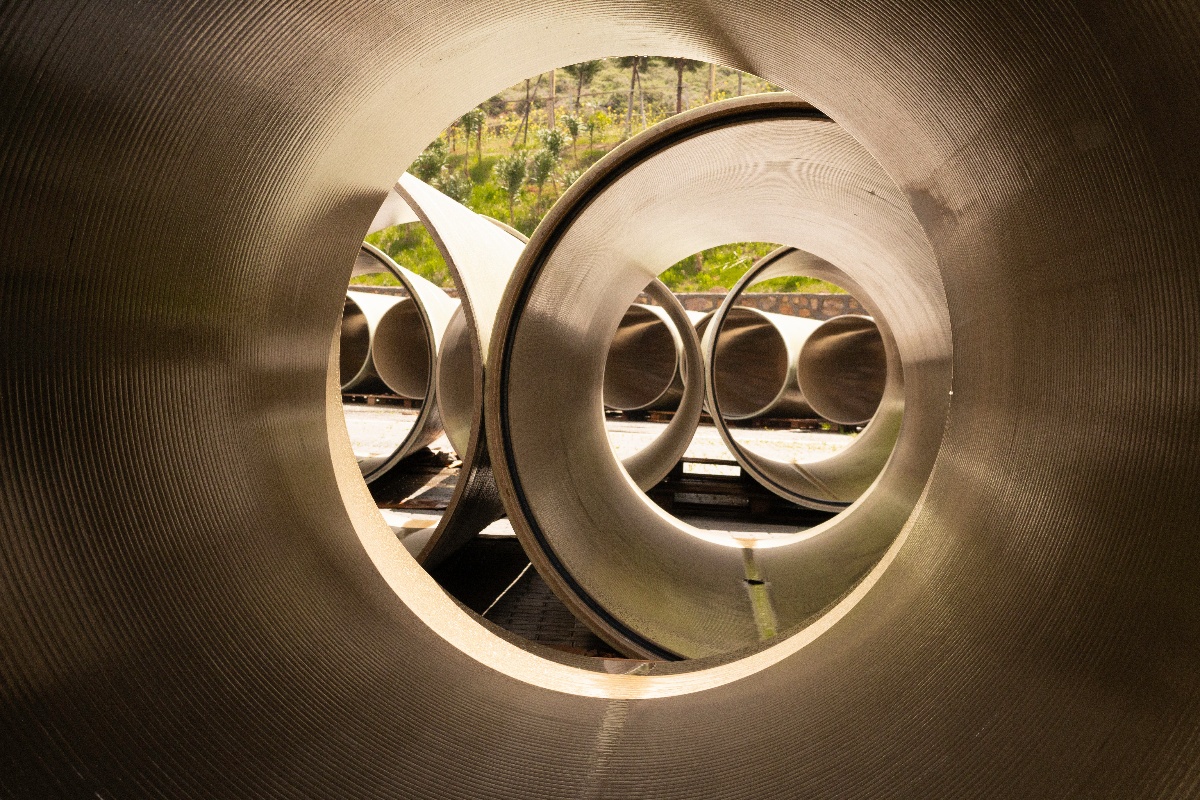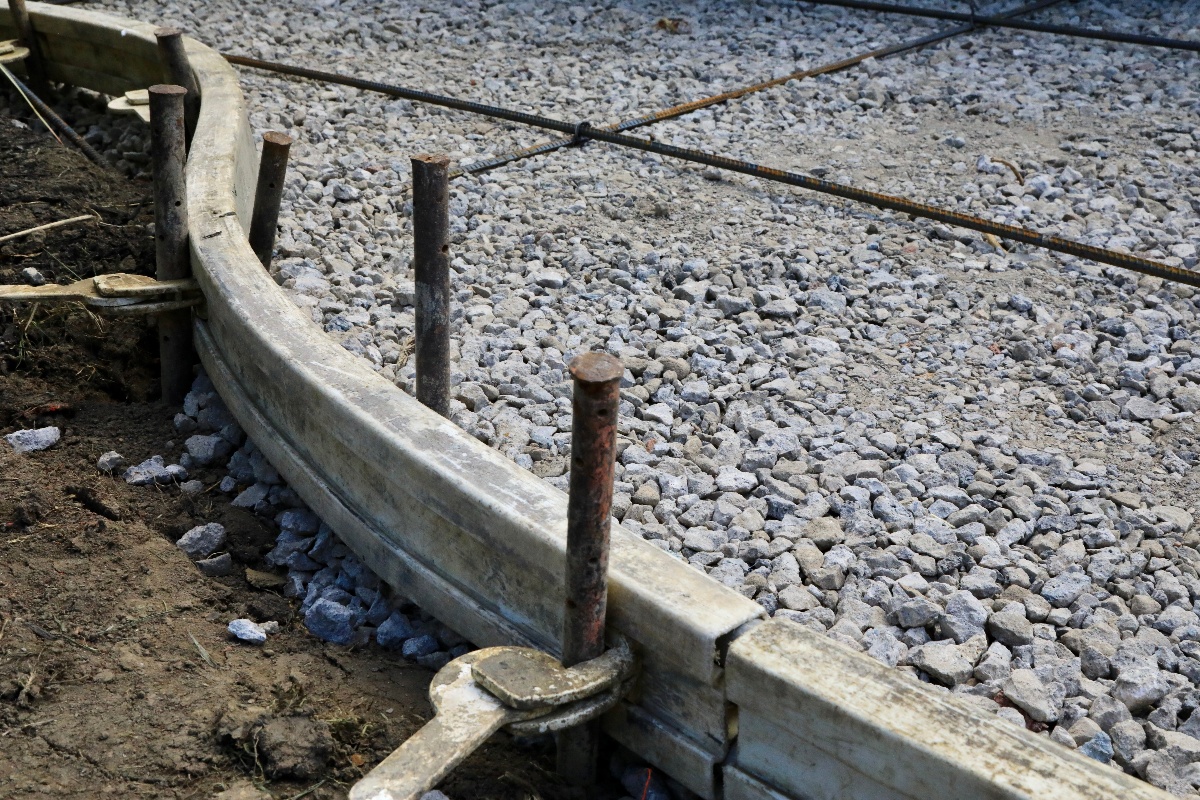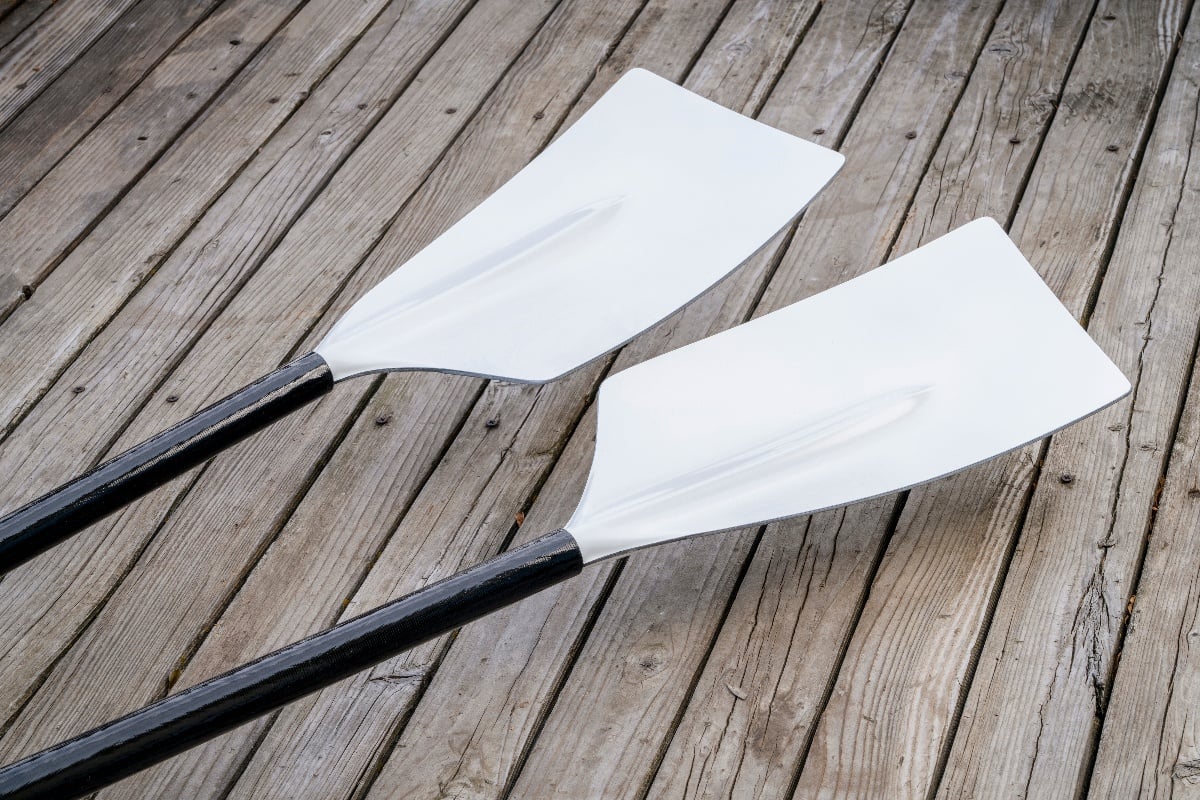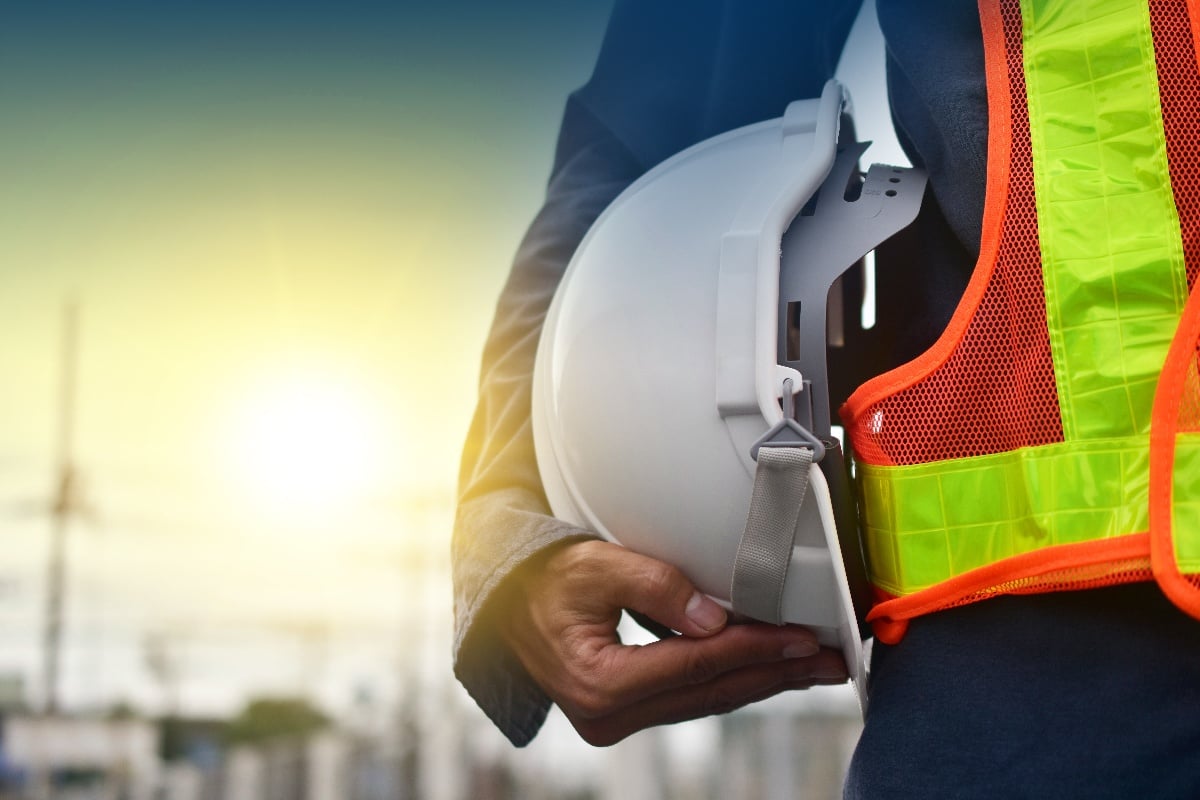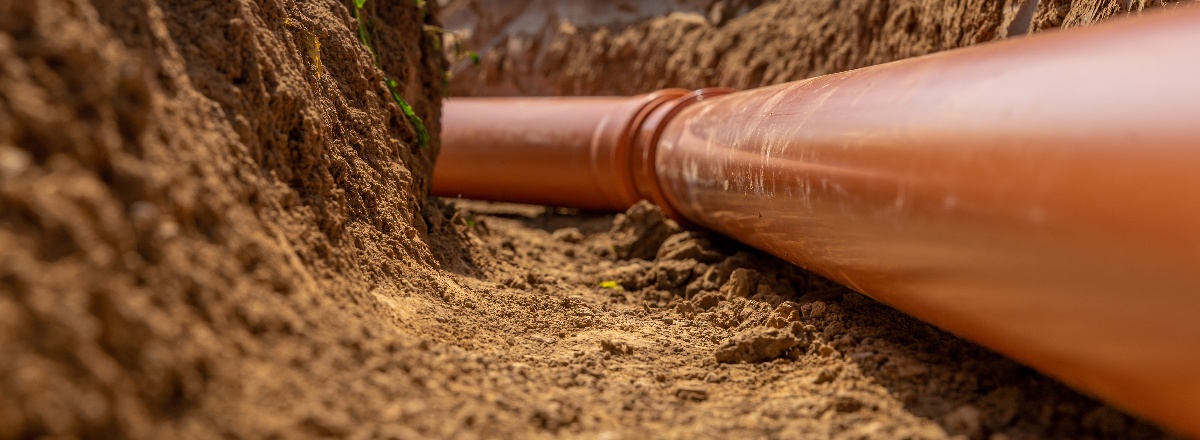Pipelines are critical infrastructure that transport oils, gases, and other products efficiently over long distances. The materials used for pipeline construction must be chosen carefully to withstand the operating conditions and environment during the design life of the pipeline. Selecting suitable materials is crucial right from the design phase to ensure safe, reliable, and cost-effective operation of pipelines.
The choice of pipeline materials impacts essential performance characteristics, including strength, toughness, corrosion resistance, ease of maintenance, and repair. With the growth of pipeline networks globally and increasing demands for efficiency and sustainability, the selection of appropriate materials is receiving greater priority.
This article will cover the key considerations and trade-offs involved in selecting materials for pipeline construction.
Pipeline Design Considerations
Properly designing a pipeline system requires an in-depth analysis of multiple interrelated factors that impact its performance, safety, and structural integrity over the intended lifespan. The key design aspects that must be addressed are:
Flow characteristics and capacity requirements
The pipeline capacity must match the required throughput of products like oil, gas, water etc over the operating duration. Pipeline engineers analyze the expected flow rate, viscosity, density and phase (liquid, gas or multiphase) of the fluids. These fluid properties impact parameters like pressure drop, pumping needs and overall pipe dimensions. The pipeline capacity is sized after accounting for future growth in fluid transport requirements.
Operating conditions
The operating temperature, pressure ranges, and variations along the pipeline route affect the construction. Thermal expansion and contraction need to be modeled to prevent pipe stress and damage. The maximum and minimum internal pressures expected during operations are considered for determining wall thickness and material strength needs.
Routing and layout optimization
Complex analysis is done to determine the optimal pipeline route by evaluating alternative paths. Geographic information systems are utilized. Key factors considered are terrain landscape, soil/ground type, water bodies crossed, distance optimization and minimization of environment or population impact.
Stress analysis and fatigue life prediction
Using CAD systems and finite element analysis, structural simulation of pressure, liquid weight, fatigue, and thermal effects are conducted to predict the pipeline stresses. This informs the design by estimating the fatigue life and maximum allowable operating pressures. Critical stress regions are identified.
Corrosion prevention and control
Pipelines may experience internal and external surface corrosion from conveyed fluids or environmental conditions. Appropriate materials and protective coatings/linings are chosen to maximize corrosion resistance. Impressed current cathodic protection systems are installed to prevent external subsurface corrosion. Internal cleaning pigs and inhibitors are utilized to monitor and control internal corrosion.
The coordinated analysis of these design factors results in effective pipeline engineering with an optimal balance of functionality, safety and cost-efficiency.
Material Selection for Pipelines
The appropriate selection of pipeline materials is critical for meeting performance requirements during installation and the entire operating lifespan. Materials must withstand internal pressures, conveying fluids, and diverse environmental conditions across various terrains. The key material properties and considerations for pipelines are:
Strength and Durability
The material’s tensile strength, hardness, toughness, and ductile qualities allow it to resist fracture or deformation under pipeline pressures, soil stress, impacts, and thermal strains over decades. Higher-strength materials allow the use of thinner pipe walls. Ductility enables enduring pipeline capacity and safety despite expansion, contraction, or exposure damages.
Corrosion Resistance
Pipelines experience internal and external surface corrosion failures. Materials with inherent anti-corrosive properties are chosen based on the environment and conveyed fluid properties. Additionally, protective coatings or linings such as fusion-bonded epoxy and polyurethanes or cathodic protection systems enhance material durability.
Flexibility and Ease of Maintenance
The ease of handling, installation, burial, repairs, and maintenance must be considered. Pliable materials that allow tighter bending radii without damage simplify installation. Joining methods like welding or adhesive bonding also vary. Ease of accessing pipelines for inspection, cleaning, and repairs lowers costs. Newer composite materials aim for higher performance with lower maintenance.
Trade-offs exist between high strength and ductility, corrosion resistance, weight, cost, and constructability. The service environments and failure risks guide the selection priorities. One material that has been embraced by the oil and gas industry is fiberglass-reinforced plastic (FRP).
Fiberglass Reinforced Plastic: A Promising Pipeline Material
Fiberglass-reinforced plastic has emerged as a viable material substitute for conventional pipeline steel and polymers. FRP contains glass fiber reinforcement within a thermoset polymer resin matrix. The composite material offers superior attributes for many pipeline applications:
Corrosion Resistance
FRP pipelines exhibit high chemical inertness and corrosion resistance exceeding that of carbon steel. The impermeable resin matrix provides an inherent moisture barrier. FRP is unaffected by electrolytic corrosion. This allows durable buried pipelines with minimal need for cathodic protection.
Strength Properties
The reinforcing glass fibers provide exceptional strength and rigidity while the resin plasticizes for toughness. This enables high strength-to-weight ratio for FRP pipelines versus traditional materials. The composite properties minimize pressure losses.
Lightweight and Flexibility
FRP has a lower density than steel. This enables lower transportation and handling costs. The material’s flexibility eases installation in remote terrain, allowing tighter bending without damage. Vibration damping is also higher.
Cost Effectiveness
FRP pipelines have higher material costs than carbon steel. However, the corrosion resistance offsets expenses for protective coatings, cathodic protection, and maintenance. Full life-cycle cost savings are achieved, especially in corrosive environments.
The combination of strength, durability, chemical resistance and constructability makes FRP piping systems attractive for difficult oil and gas gathering networks, seawater pipelines, and chemical transport applications. As manufacturing processes and composite properties continue advancing, FRP promises to disrupt conventional thinking on pipeline material selection.

